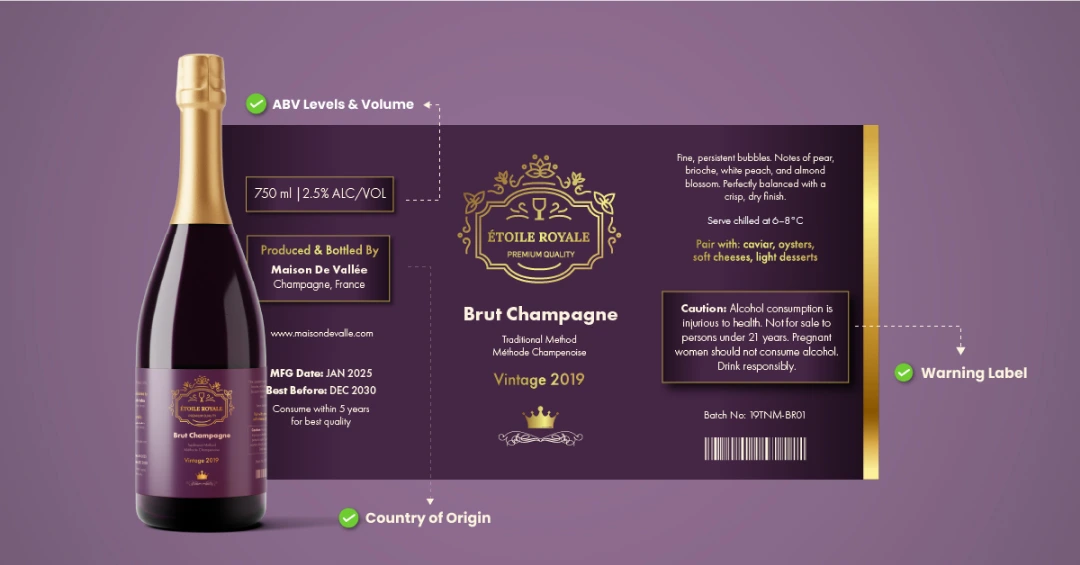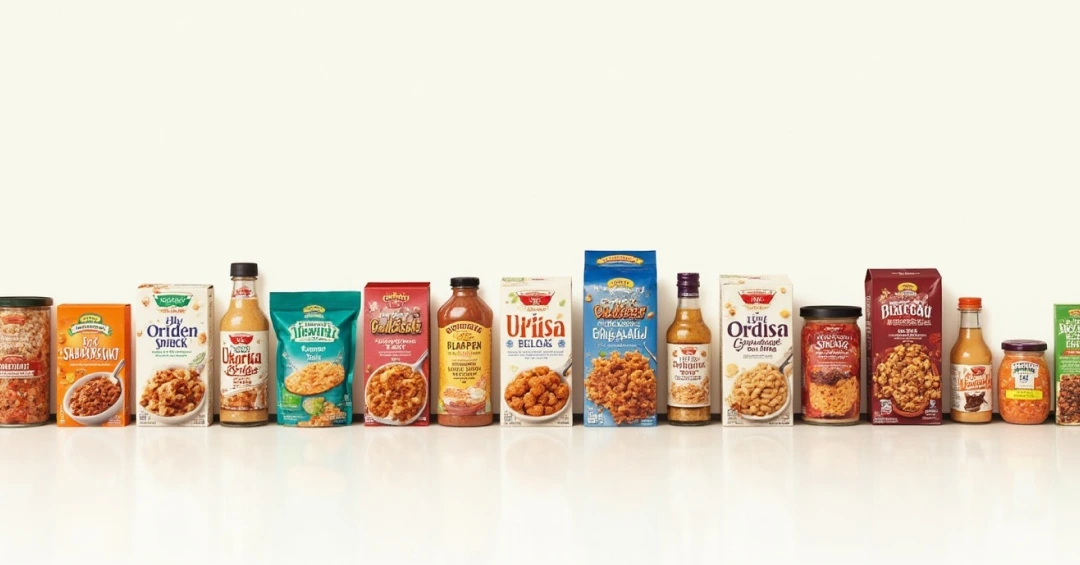We’ve all seen those cheerful cereal ads — kids rushing out the door with spoonsful of colorful loops, parents reassured by “the breakfast boost you need.” What they don’t show is that one bowl can pack as much sugar as a candy bar.
For years, packaging professionals focused on bold claims and eye-catching designs, while vital nutrition info stayed buried in small print on the back. Consumers accepted it, and so did the industry. But that’s changing fast.
Some brands are already breaking the pattern and leading the Front-of-Pack (FOP) nutrition labeling game. Hu Chocolate highlights “No Added Sugar” and “No Dairy.” RXBAR lists ingredients right on the front. M&S uses traffic-light labels to flag high sugar or fat content at a glance.
With rising health concerns and growing consumer demand for transparency, the FDA’s proposed FOP labeling rule makes clear, honest nutrition info unavoidable. Now, it’s imperative for packaging teams to rethink labels — balancing compliance, clarity, and brand appeal — before these changes become mandatory.
Why is the FDA pushing for FOP now?
The U.S. is seeing a big rise in preventable health problems like heart disease, type 2 diabetes, and obesity — often linked to poor diets. Even though the Nutrition Facts label on packaging helps, many people still find it hard to understand, especially when it comes to things they should limit like added sugars, salt, and saturated fat.
Research shows that not everyone uses the back-of-pack label equally—those with limited nutrition knowledge or lower income are less likely to read it. And in fast-paced shopping environments, consumers tend to focus on the front of the package, where marketing claims can overshadow key nutrition details. The FDA’s proposed FOP label aims to make nutrition information more accessible and visible at a glance, empowering people to make quicker, better-informed choices.
What are the key aspects of the proposed rule?
- Nutrients listed: The Nutrition Info box would highlight saturated fat, sodium, and added sugars in a serving. These are nutrients that federal dietary guidelines advise Americans to limit. The box shows each nutrient’s % Daily Value and an interpretive rating (Low/Med/High) based on thresholds. FDA proposes “Low” as 5% DV or less, “Med” as 6–19% DV, and “High” as 20% DV or more. Including the numeric %DV helps consumers compare products even when they share the same rating.

- Label format: The label would appear as a simple black-and-white box on the package’s principal display panel. It won’t replace the usual Nutrition Facts label but will give a quick look at key nutrients like saturated fat, sodium, and added sugars. Each one will be marked as Low, Medium, or High, based on the serving size.
- Compliance timeline: If finalized,
- Businesses with annual food sales of $10 million or more: 3 years after the final rule's effective date.
- Businesses with less than $10 million in annual food sales: 4 years after the final rule's effective date.
This phased timeline lets companies plan packaging updates and coordinate with regular label change cycles.
- Nutrition claims alignment: The proposal updates the definitions for claims like “low sodium” or “low saturated fat”, so they match the new front-of-pack (FOP) label. Basically, no more mixed messages like “low fat” chips that still have loads of sodium. Brands can still make these claims, but only if the product actually qualifies under the new FOP standards.
How brands can prepare
- Identify SKUs and organize assets: Start by mapping which SKUs will require updated FOP labels. Store existing packaging files in a centralized asset repository to make future rollouts faster and more accurate.
- Calculate %DV for key nutrients: Evaluate saturated fat, sodium, and added sugars to determine % Daily Values per product. Align how these are calculated and displayed to avoid inconsistencies across your labels.
- Review existing claims: Flag current front-of-pack claims that may clash with the proposed rule. Get ahead by documenting which ones need revision once the rule is finalized.
- Get templates and tools ready: Review your artworks and start collating information for the revamp. With tools like Copy Manager and the Adobe plugin, once nutrition data is approved, it can be directly imported into the design tool.
- Align internal teams early: Ensure regulatory, R&D, marketing, and design teams are informed and ready. A centralized collaboration space like ManageArtworks helps them stay in sync when it’s time to act.
- Set up version control and audit trails: Put systems in place to track artwork changes, comments, and approvals. This helps avoid errors once updates begin and creates a clear audit trail for regulatory readiness.
- Enable proofing workflows in advance: Set up AI-powered proofing tools now, so your team is ready to validate nutrition updates and catch layout issues as they arise—before they go to print.
- Stay informed on regulatory updates: Track the FDA’s announcements, especially leading up to the final rule. Staying updated ensures your preparation stays relevant.
Conclusion
ManageArtworks is built to support labeling teams through regulatory shifts like these. From managing compliance timelines to streamlining artwork changes, it keeps everything organized and audit ready. So, when the rules change, you're already a step ahead. To learn more, get in touch with our sales team.





.webp)
















